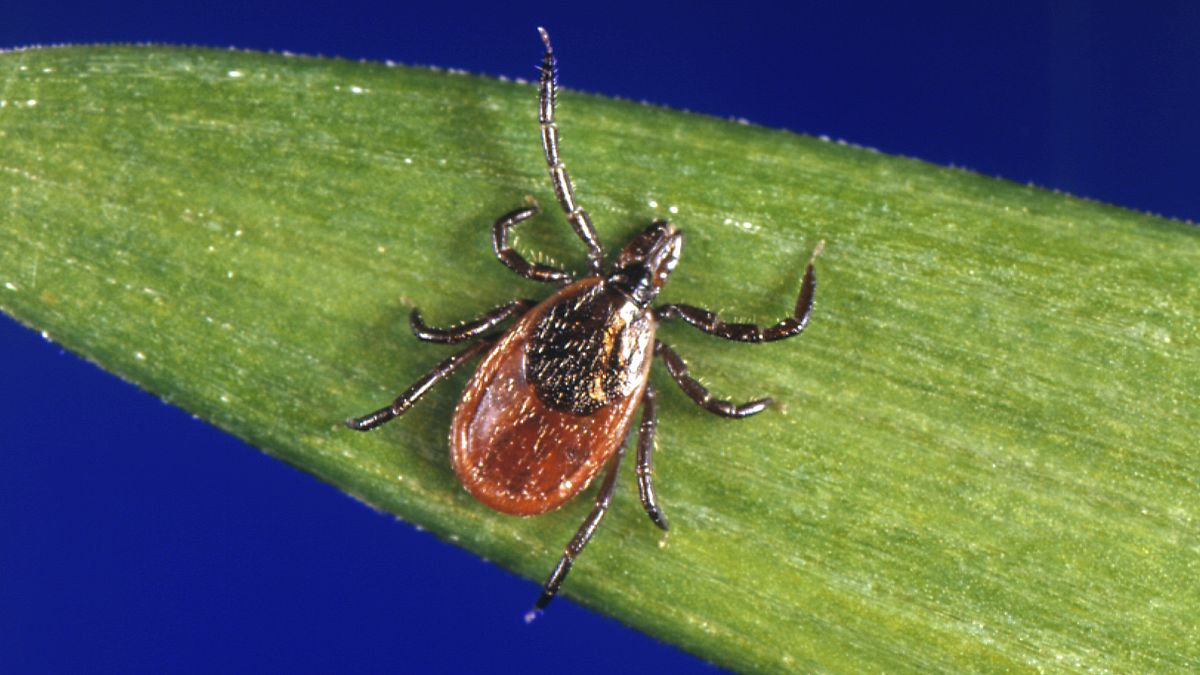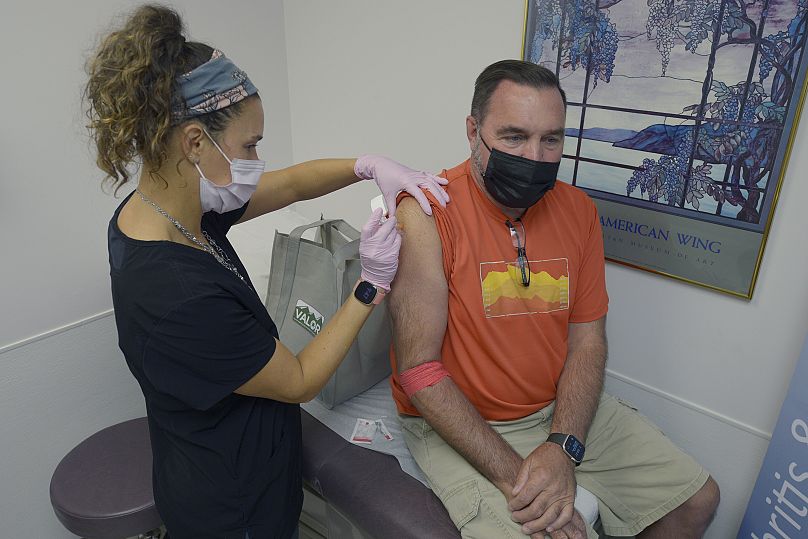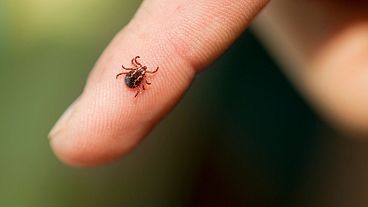There is still no vaccine for Lyme disease in humans although trials are ongoing to develop one, but new research shows a vaccine given to mice could influence the bacterium that causes Lyme in ticks.
Ticks have long been a scourge of the summer months as vectors of multiple serious illnesses including Lyme disease. Now, new research shows that an innovative vaccine could impact the prevalence of Lyme-causing bacteria in the insects.
Published in the journal Microbiome last month, the French study looked at a new vaccine given to mice that targets the gut microbiota (the microbes including bacteria living in ticks’ guts) to reduce the prevalence of Borrelia afzelii, the bacterium that causes Lyme in Europe.
The researchers vaccinated mice to create antibodies against another “Trojan horse” bacteria in an effort to influence ticks’ gut microbes.
They found that the ticks that bit the vaccinated mice had fewer Lyme-causing bacteria in their gut microbiota than those that bit the unvaccinated animals.
"The discovery is a break with current paradigms on vaccinations," Alejandro Cabezas-Cruz, principal investigator at the French National Institute for Research into Agriculture, Food and Environment (INRAE), told Euronews Next.
He added that scientists have struggled with developing vaccines against vector-borne illnesses such as Lyme disease or malaria which are transmitted by insect bites and hopes that this could be a step towards eradicating vector-borne illnesses in the future.
John Aucott, the director of the Lyme Disease Research Centre at Johns Hopkins University in the US, told Euronews Next that the study, which he was not involved in, was interesting but noted it was in the early phases.
He pointed out that there are also vaccines being studied in mice to prevent the spread of bacteria to ticks.
"The issue with these kinds of vaccines for the mouse is how do you get it into all the mice? It's a tough challenge to figure out how you would actually implement it in over large thousands of square miles of mouse habitats. So, that's the practical aspect. But that's a long way down the road," he said.
What is Lyme disease?
Lyme disease is the most common tick-borne illness in the United States and in Europe.
It is caused by a bacterium that normally lives in mice, squirrels and other mammals and is passed to humans through a tick bite.
Most cases of the disease can be treated with antibiotics but no vaccine is currently available for humans, despite some being available for dogs.
Pfizer is currently running a late-stage trialof a vaccine for humans in the US and Europe, which is the only vaccine candidate in clinical development. The only other human vaccine was pulled from the market in the early 2000s, a few years after being approved by the US Food and Drug Administration (FDA).
This was due in part to concerns about adverse side effects and anti-vaccine sentiment, researchers have said.
What are the symptoms of Lyme disease?
Around 60 to 80 per cent of people infected with Lyme disease will get a rash around the bite area, according to the European Centres for Disease Prevention and Control (ECDC).
"Early diagnosis is still a clinical diagnosis based on the identification of the characteristic skin lesion called erythema migrans. But the problem is everyone thinks that that's easy to identify. It turns out it's not," said Aucott.
"It's not the typical classic kind of bull's eye that often gets shown in articles.. that's actually only a minority of lesions and so the rest of the lesions don't have that classic appearance".
Fever, headache fatigue and skin rash also are typical symptoms of Lyme disease.
Pain in the back and legs is a symptom that is more common in Europe than in the US as well as a skin condition called acrodermatitis chronica atrophicans which occurs in late-stage Lyme disease. It is characterised by lesions and skin atrophy.
If Lyme disease is left untreated in the early stages, it can spread to the heart, joints, brain, and nerves, but it is still difficult to diagnose with the only blood tests available focusing on antibodies which take weeks for infected humans to produce.
"The problem is how to treat the people that get the post-treatment Lyme disease," said Aucott.
"That's the challenge because it's like long haul COVID. We don't really know how to treat it effectively because we don't understand in detail the mechanisms of the disease, what's causing it".
Could Lyme disease increase due to climate change?
Lyme disease could be on the rise in Europe, but more surveillance data is needed, researchers have said.
An analysis published in 2019 found that diagnosis of Lyme was on the rise in "some Western European countries" but that better surveillance was necessary particularly in "southern countries".
The incidence in Europe is highest in Scandinavian and Baltic countries and some central European countries, according to research from 2021.
In France, there has been an increase in the number of Lyme cases diagnosed over the last two decades, according to the country’s public health agency.
"Increasing temperature favours the life cycle of ticks. So, they can develop better because they are not very well suited to cold temperatures," said Cabezas-Cruz. This means that certain countries, he explained, will start seeing more of these vectors and will need to be concerned about Lyme disease and other illnesses.
Lyme disease was first identified in the US state of Connecticut in the 1970s.
The incidence of the illness in the United States has doubled since 1991, according to the US Environmental Protection Agency (EPA).
Climate change has been shown to contribute to the expansion of ticks through shorter winters and warming temperatures and could thus increase the potential risk of Lyme disease.




